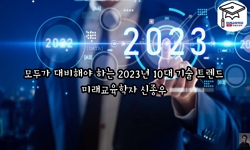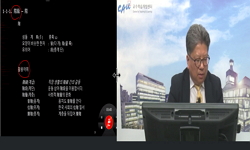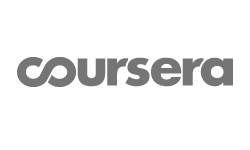This Study is to compare and analyze two types of `transparency` concept expressd in architecture and garment, which has not only been an important theme in the post-modern expression of architecture but been shown in various types of concept. This s...
http://chineseinput.net/에서 pinyin(병음)방식으로 중국어를 변환할 수 있습니다.
변환된 중국어를 복사하여 사용하시면 됩니다.
- 中文 을 입력하시려면 zhongwen을 입력하시고 space를누르시면됩니다.
- 北京 을 입력하시려면 beijing을 입력하시고 space를 누르시면 됩니다.
https://www.riss.kr/link?id=A102253687
- 저자
- 발행기관
- 학술지명
- 권호사항
-
발행연도
1999
-
작성언어
Korean
- 주제어
-
KDC
381
-
등재정보
KCI등재
-
자료형태
학술저널
- 발행기관 URL
-
수록면
41-51(11쪽)
- 제공처
- 소장기관
-
0
상세조회 -
0
다운로드
부가정보
다국어 초록 (Multilingual Abstract)
This Study is to compare and analyze two types of `transparency` concept expressd in architecture and garment, which has not only been an important theme in the post-modern expression of architecture but been shown in various types of concept. This study examined the characteristics of transparency and through theoretical studies divided them into four types: frankness (purity, ambiguity, comparison, exposure and eroticism. Purity, building would use the matrial which is transparent glasses for the expprssion of its purity, and clothing would use the transparent matrial for the expression of the natural beauty of human body and the purity of human of itself. Ambiguity is expressed in the outer side of architecture by duplicating transparent materials and by phenomenon of optical illusion and inflection. On the contrary, in garment it is shown in the outward formation of underclothing. Comparison in architecture is expressed by the use of void but opaque materials as well as solid but transparent materials. Extinction is expressed with the visual effect of the context of the surrounding by the use of opaque glass and reflexive glass. In garment the effect of comparison is expressed by the use of mixing transparent materials and opaque materials. Building would express the inside of itself by the way of its exposure, and clothing would also express its frankness through the human body is partly opened or clossed at the same thime, that arises from eroticism of the way of the expression of human feelings.
동일학술지(권/호) 다른 논문
-
- 한국복식학회
- 김미자(Mi Ja Kim)
- 1999
- KCI등재
-
- 한국복식학회
- 권순정(Soon Jung Kwon)
- 1999
- KCI등재
-
- 한국복식학회
- 임영자(Young Ja Lim)
- 1999
- KCI등재
-
- 한국복식학회
- 금기숙(Key Sook Geum)
- 1999
- KCI등재





 ScienceON
ScienceON DBpia
DBpia







